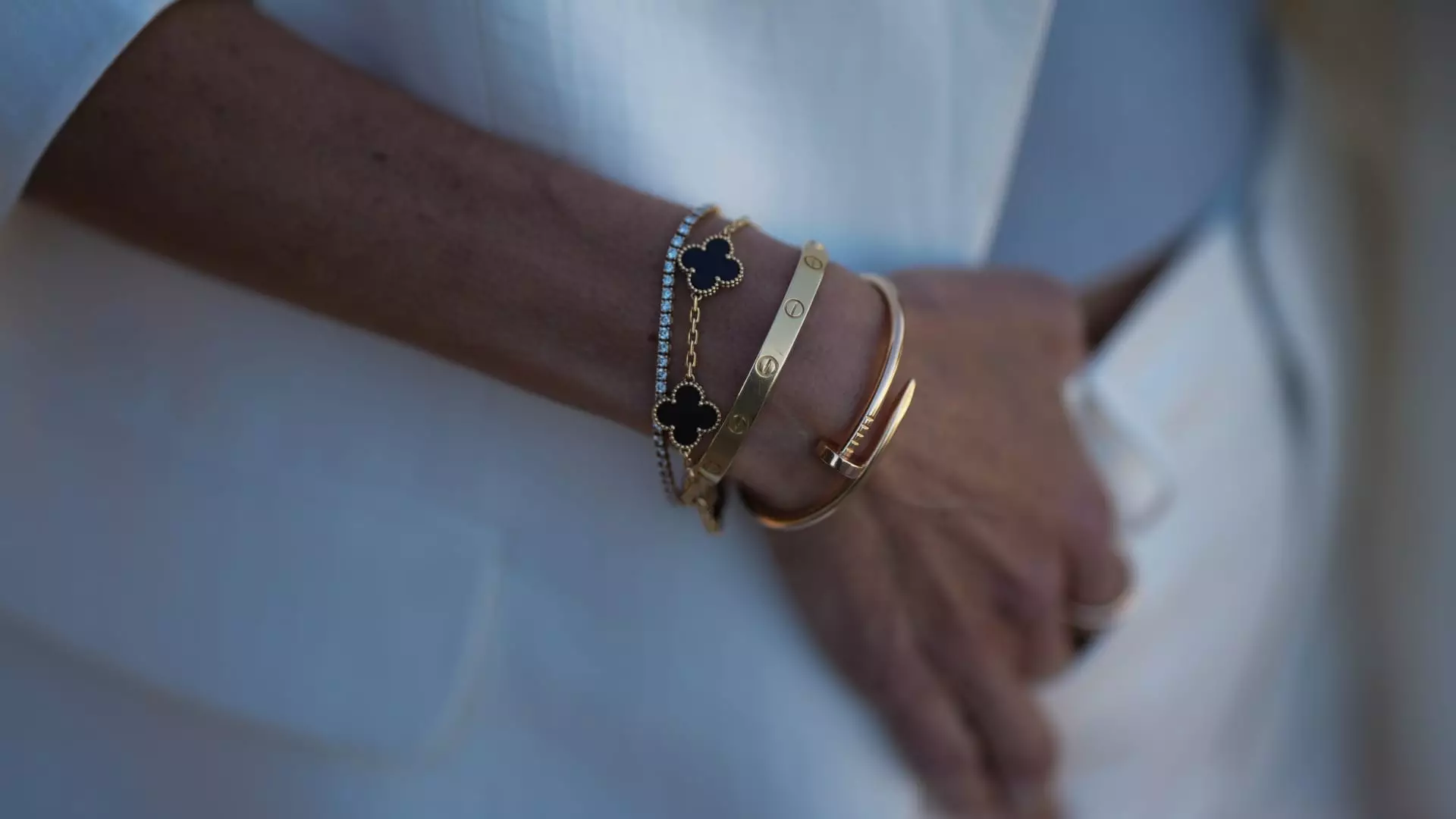The anticipated resurgence of the luxury market in 2025 has turned out to be a mirage, revealing a fragile ecosystem that is increasingly disconnected from the optimistic narratives often propagated by industry insiders. Initial hopes were fueled by a vigorous fourth quarter, buoyed by holiday shopping spikes and the euphoric post-election confidence. But reality has vividly contradicted these projections; in fact, luxury consumer spending in the United States is shrinking, not expanding. According to Citigroup’s recent data, credit card expenditures on high-end goods from January through May have fallen compared to the same period last year. These numbers are not just a minor blip—they point towards a deeper malaise that threatens the very foundation of luxury consumption.
While May offered a glimmer of hope with a slight decline of only 1.7%, down from months with double-digit declines, this marginal improvement does little to disguise the broader trend. Multiple categories within the luxury sector—handbags, leather goods, ready-to-wear—continue to falter, revealing that the supposed comeback is more an illusion than a reality. The top-tier brands are experiencing stagnation or decline, with some brands losing customer bases altogether, even as the remaining clients spend more. This pattern underscores a critical insight: the affluent are retreating from the luxury market, either due to shifting priorities or economic apprehension.
Who’s Still Spending, and Who’s Abandoning Ship?
Among the luxury segments, jewelry emerges as a stark exception. This category not only outperforms but demonstrates resilience amid an overall downturn, with May witnessing a 10.1% year-over-year increase in jewelry spending. What’s more revealing is that jewelry’s consumer dynamics are fundamentally different from other segments. While many luxury brands are losing customers—some by nearly 3%—those who remain are willing to spend substantially more on the items they purchase. This suggests a polarization within the luxury market: a dwindling base of high-net-worth individuals who see jewelry as both an investment and an emotional heirloom, and a shrinking middle-class consumer pool that is retreating from aspirational luxury.
The reasons behind jewelry’s relative strength are philosophical and economic. Citi analyst Thomas Chauvet points out that jewelry often carries sentimentality and investment value, especially when gold prices are climbing. With gold increased by more than 25% since the start of 2025, investing in a Cartier bracelet or similar high-end jewelry becomes a rational choice. The message here is clear: in turbulent economic times, jewelry is perceived as a more stable, meaningful asset compared to transient luxury accessories like handbags, whose prices have soared by up to 40% since the pandemic and have shown little innovation or differentiation.
The Futility of Bagging the Same Old Look
The handbag segment exemplifies the stagnation that pervades the luxury industry. For years, prices have risen relentlessly—sometimes by nearly half—without delivering proportional value to consumers. Consumers are realizing that the “new” collections hardly differ from previous seasons, with most bag styles blending into a monotonous sameness. This trend signifies that luxury brands have been more focused on price hikes than on innovative design, leading to consumer fatigue. The limited novelty has eroded perceived value, prompting many buyers to reconsider their spending priorities.
While there are minor signs of hope from the fall/winter collections of 2025, these are insufficient to rejuvenate an industry mired in sameness. The inability of brands to differentiate themselves or deliver truly unique products reveals a fundamental flaw: the luxury market’s over-reliance on brand names and inflated prices, rather than genuine innovation or quality.
Luxury Watches and the Illusion of Recovery
Luxury watches have seen inconsistent growth patterns, with overall spending up by nearly 15%, but with top brands experiencing a 10% decline in May alone. The headlines surrounding Swiss watch exports, often heralded as indicators of industry health, hide a more complex story—one driven by strategic stockpiling and temporary market responses rather than genuine consumer confidence. The surge in watch exports in recent months was largely a reaction to looming tariffs and supply chain maneuvers, not organic demand.
This pattern indicates that watch sales are more influenced by external factors—tariffs, inventory management, geopolitical tensions—than by a robust luxury consumer base. The uptick in May might be a fleeting sentiment boost but does not suggest a significant or lasting recovery. Consumer hesitations, exacerbated by inflation, political instability, and global conflicts, continue to cast long shadows over luxury spending.
The Larger Economic Context: A Wobbly Foundation
The broader economic environment paints a sobering picture. A declining U.S. dollar and geopolitical tensions threaten to undermine any fragile confidence that might have been brewing. While the stock markets have shown some signs of rebound, these are not a reliable indicator of direct luxury spending. The decline in the dollar’s strength—down approximately 10% this year—limits Americans’ capacity to purchase luxury goods abroad, which traditionally bolstered consumption and investment.
Furthermore, political instability, exemplified by the potential expiration of tariffs and ongoing conflicts in the Middle East, adds layers of unpredictability. Consumers, even the wealthy, are increasingly cautious. They are reevaluating whether spending on luxury items is justifiable or whether it’s wiser to hold onto capital amid uncertain economic prospects.
This environment favors a conservative approach—where spending is more calculated and less headline-grabbing. The days of unchecked luxury consumption are waning; what remains is a market on the edge of tectonic shifts, driven more by external pressures than internal strength. Authentic demand is shrinking, replaced by speculation and short-term tactical stockpiling that may soon evaporate once economic realities set in.

